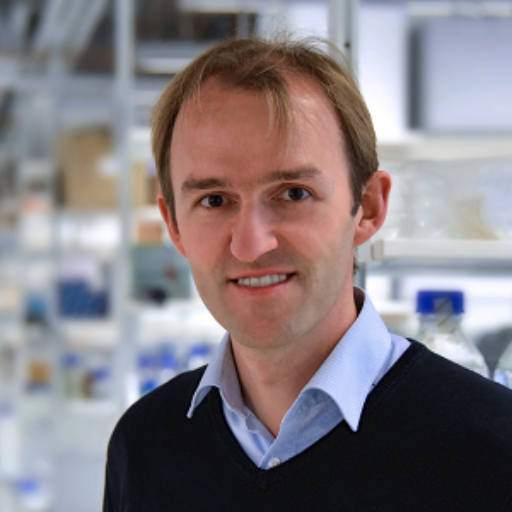An iPSC-derived Human Brain Tissue Model for Alzheimer’s Disease

About the Research Project
Program
Award Type
Standard
Award Amount
$300,000
Active Dates
July 01, 2019 - June 30, 2022
Grant ID
A2019604S
Goals
We currently do not understand well why the brains of Alzheimer patients contain aggregates of proteins and how these aggregates relate to the death of millions of nerve cells over time. To better understand the formation of these disease symptoms we would like to investigate the building blocks that are required for the formation of Alzheimer pathology. For this purpose, we will turn human stem cells into nerve cells and other cell types found in the human brain, grow them together in a dish to assemble artificial human brain tissue, and introduce alterations in genes and cellular physiology that are typical for patients with inherited forms of Alzheimer’s disease. We will investigate if these models display Alzheimer pathology in a dish, and then modify the composition of cell types or the function of cells and their genes to learn, which factors cause protein aggregation or nerve cell death in an Alzheimer’s disease brain.
Summary
We currently do not understand well why the brains of Alzheimer patients contain aggregates of proteins and how these aggregates relate to the death of millions of nerve cells over time. To better understand the formation of disease symptoms we aim to generate a human brain tissue model from human induced pluripotent stem cells (iPSCs) that recapitulates major hallmarks of Alzheimer disease (AD), and apply this model to investigate the factors required for formation of pathology.
To generate our proposed model, we will turn human iPSCs into nerve cells, astrocytes and other cell types found in the human brain, and grow them together in a 3-dimensional culture that resembles human brain tissue. The cells will generate a brain-like environment and form typical functional structures and contacts, such as synapses, which allows studying many disease-relevant biochemical processes in the laboratory.
After generating these tissue models, we will introduce disease-relevant alterations in genes, e.g. by inserting mutations leading to inherited forms of AD using CRISPR genome editing, and by modifying cellular physiology in a way that’s typical for patients with AD. We will then study formation of Alzheimer pathology in a dish, and investigate approaches to modify or remove symptoms, e.g. by altering the composition of cell types or the function of cells and their genes to learn, which factors cause protein aggregation and nerve cell death in an Alzheimer’s disease brain.
If successful, our work will provide the field with a human brain tissue model containing all major brain cell types and displaying major disease symptoms, which allows not only systematic studies on the mechanisms of disease formation but can also be applied to develop and test novel therapeutic approaches.
Grants
Related Grants
Alzheimer's Disease Research
The Role of DYRK1A in Altered Microglia Biology in a Cellular Model of Alzheimer’s Disease in Down Syndrome
Active Dates
January 01, 2025 - December 31, 2027

Principal Investigator
Frances Wiseman, PhD
Alzheimer's Disease Research
Targeting Brain Cell Miscommunication to Restore Memory in Alzheimer’s Disease
Active Dates
July 01, 2024 - June 30, 2027

Principal Investigator
Amira Latif-Hernandez, PhD
Alzheimer's Disease Research
The Effect of Alzheimer's Disease on Neurons Across the Sleep/Wake Cycle
Active Dates
July 01, 2024 - June 30, 2026

Principal Investigator
Md Joynal Abedin, PhD



